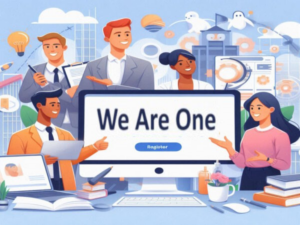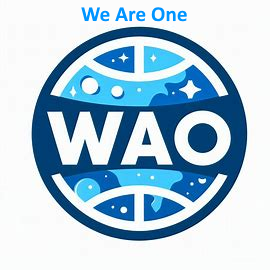Rationality and Nonsense
The Blurring of the Line between Rationality and Nonsense in Today’s World
Introduction
- Modern times are characterized by rapid progress in science and technology.
- However, the clear distinction between rationality and nonsense, between science and pseudo- or even anti-science, seems to be increasingly blurring.
- Disinformation campaigns destabilize entire societies, even lead to rampages.
- Many conspiracy believers stubbornly refuse to accept truths, distort facts and ignore events that make their opinions absurd.
- This development raises important questions about the integrity and reliability of our sources of knowledge.
Background
- In an era of abundant information, it has paradoxically become more difficult to draw the line between rational explanations and absurd nonsense.
- The access to information via the internet allows everyone to express their opinion, regardless of the quality or accuracy of the information presented.
- This leads to increasing confusion about which sources are trustworthy and which are not.
Pseudo- and Anti-Science
- Pseudoscientific ideas are gaining popularity, often due to their simple explanations for complex phenomena.
- Conspiracy theories, alternative healing methods, and questionable scientific approaches are garnering unexpectedly large followings.
- These movements not only question traditional science but also create a climate of skepticism towards established institutions.
Media and Societal Influences
- The media plays a crucial role in blurring the boundaries between rationality and nonsense.
- Sensationalism and the tendency of social media algorithms to emphasize controversial views have contributed to the spread of half-truths and false information.
- This contributes to the perception that alternative facts are often considered equivalent to evidence-based knowledge.
- The increasing commercialization of quality journalism is leading to an alarming trend: important information is becoming inaccessible to those who cannot afford it. This increases social inequalities and widens the gap between different social classes.
Communist mentality
Some historians see conspiracy thinking as a remnant of the communist mentality in former communist states. It contains a multitude of propaganda “theories” that are almost exclusively directed against ‘America’, ‘Israel’, ‘the Zionists’, ‘the Freemasons’ or simply ‘the West’.
The Role of Education
- Education plays a key role in promoting critical thinking and the ability to distinguish between rational and misleading information.
- Neglected education can lead to an increase in pseudo- and anti-science.
- Therefore, it is crucial to strengthen educational institutions and promote people’s skills in critically evaluating information.
Conclusion
- The blurred boundary between rationality and nonsense requires a critical reflection on our sources of information and thought patterns.
- Society must realize that disinformation is a big part of the provided “information”.
- Not all opinions can be considered equally valid as science is based on evidence-based knowledge and not on hypotheses or “alternative facts”.
- Only through strengthening education, critical thinking, and media literacy can we address the challenges arising from the blending of rationality and nonsense.
Fact checks (german) you can find in correctiv.org






